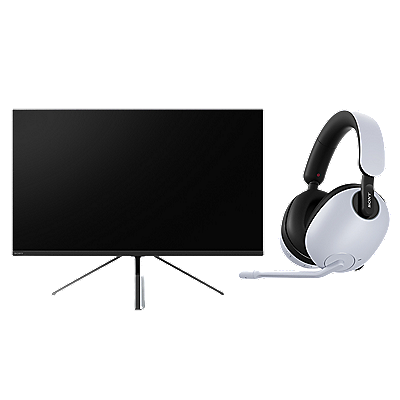Xperia Smartphone Troubleshooting made easy with these 7 Tips
This article will provide some solutions for common Android smartphone issues, such as
- General slow phone performance
- Apps freezing or crashing
- Your phone is stuck / frozen / showing a black screen
If you've locked yourself out of your phone, please visit our locked screen article.
1. Run Troubleshoot and Xperia Tests
Did you know, our Xperia phones have an in-built support app to help you troubleshoot and diagnose issues?
You can find it under Settings > Support.
Device overview - Check your device status and recommended actions
Troubleshoot - Find Solutions to an issue
Learn more - Browse guides and articles
Xperia Tests - Test to see if every phone component is working
Didn't really help you? Don't worry; let's take a look at some of the most common solutions to smartphone problems.
2. Restart your phone
Many people leave their phones continuously charged and powered on. However, you can refresh your phone by regularly restarting it.
If you're in a situation in which you can't do a regular restart, try a force restart.
3. Force restart
You can forcibly shut down and restart your phone. You can try either of these methods when your phone is unresponsive:
- Forced restart: press and hold the power button + volume up button for 10 seconds
- Forced shutdown: press and hold the power button + volume up button for 30 seconds or until the phone vibrates three times and shuts down
4. Free up memory
If your phone memory is nearly full, it might hamper performance.
- Go to Settings and find Storage.
You'll see a list that shows how your storage is impacted (e.g. Apps, videos, images). You could opt to uninstall apps you don't use anymore or transfer pictures to a computer or USB stick.
How to transfer pictures from an Android phone to a computer
5. Clear app cache
This step helps if an app is crashing or slowing down. Besides downloading the latest app version, you can clear the app cache.
Apps store files for later use: it helps them perform better and cuts loading times. However, if there's too much data in the cache, your app might become slow.
- Go to Settings and find Storage.
- Select Apps
- In Apps storage, you see how much memory is used. You can select an app and choose between clear cache or clear storage. We recommend you clear your cache.
- Clearing the cache removes temporary files. Clearing cached data does not clear other data like logins or saved games.
- Clearing app storage removes all saved files. This will remove the app's data, including usernames and passwords, game progress, etc.
If that doesn't improve the app's performance, consider uninstalling and reinstalling the app.
6. Restart your phone in safe mode
In safe mode, your phone is stripped of any third-party app interference. If your phone runs ok in safe mode, it means a corrupted app or file caused the problem.
While in safe mode, you can uninstall apps and delete files. For example, could you start by deleting the most recently installed apps or downloaded files since the issue began.
How to start your phone in Safe mode
- Press power and volume up button, and the power options are shown.
- Press and hold the [Power off] option.
- After a few seconds, a [Reboot in safe mode] prompt will appear, allowing you to reboot.
- When restarting, Safe mode will appear on-screen, indicating that it's in safe mode.
- Restart your phone to return to normal mode.
7. Factory reset
A factory reset will return the phone to factory conditions. All your data will be lost, so don't forget to make a backup-up of your data if possible.
- Go to Settings → Google → Backup.
How to perform a factory reset
- Find and tap Settings → System → Reset options.
- Tap Erase all data (factory reset) → Erase all data.
- If you need to, draw your screen unlock pattern or enter your screen unlock password or PIN to continue.
- To confirm, tap Erase everything.
- Your device will not revert to a previous Android version if updated.
If the issue persist, your phone may need servicing.



















